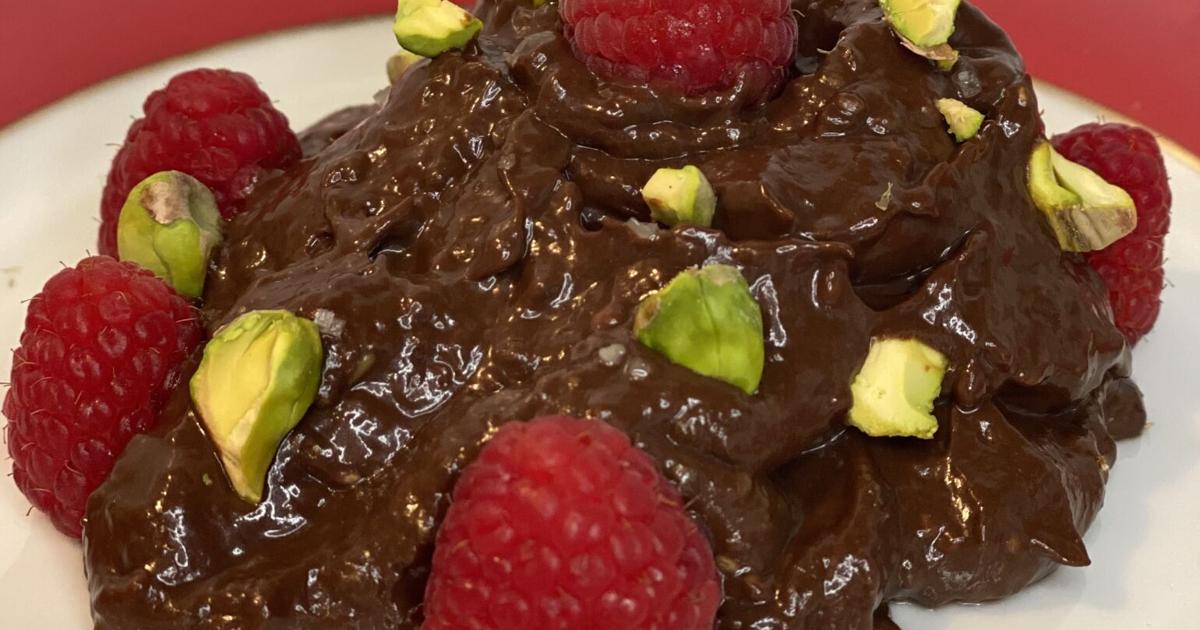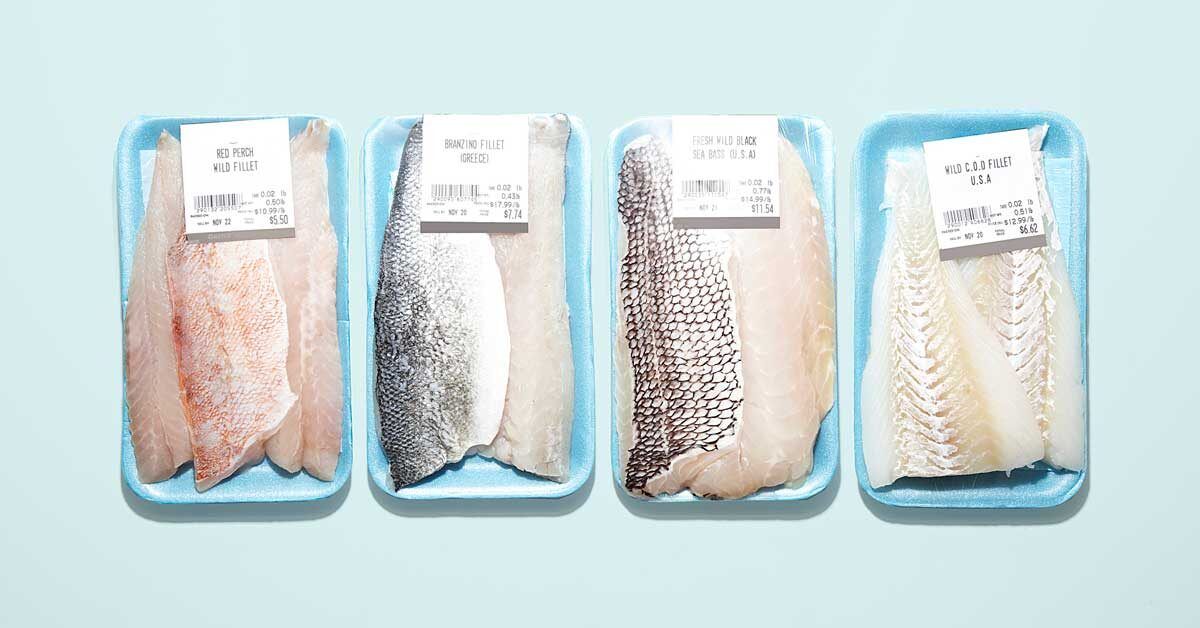Fat. The word has so many connotations and meanings and it was a main describing factor for me in fourth grade. Just ask Lucas Mahuta. Or Zac Grimes. As I was vilified in grade school, so too is fat, and it has been since the fat-free movement in the 1990s and before. Fat-free, low-fat, no-fat diets abounded, were basically proven to work, but not to achieve the long-term effects they set out to, and were subsequently widely discredited as far as their ultimate health benefits went. Fat is certainly not the weight-gaining catalyst it’s been deemed to be and since our brain is comprised of 60 percent fat, should this be a surprise?
Chewing the fatThough not all fats are created equal, on the same note, not all fats are bad for us. Many of us are aware of our cholesterol levels, but “good” fats are responsible for raising our “good” cholesterol levels (HDL), like the monounsaturated fats in foods like avocados, extra virgin olive oil and wild-caught salmon. Fat is also what leave us feeling full and satisfied.
During my immediate post-college days as a (heftier) New Yorker in my 20s, I was living “the life” — adopting each trendy fad diet as soon as it was pumped out of the diet mill. I didn’t eat any fat. Then I didn’t eat any carbs. Whilst on the South Beach Diet, I remember stopping between flights of stairs on the way to my fifth-floor walk-up to catch my breath because I had no energy — something which is quintessentially derived from the carbs I had eliminated (and why give up carrots?). I was 22 years old. Why did I not have any energy? Because I had abandoned a food group or two in their entirety.
Whatever you believe in — nature, nurture, God, the Universe, Allah or Buddah, nature is far more perfect that any computer humans have mastered, albeit those are amazing in and of themselves. But something about nature jives in an unfounded, uncompromised, inexplicable rhythm of perfection. If nature made fat and carbs, and put them in naturally found foods, why would we not want to eat them, at least in their natural form?
One day, not too long ago, food companies decided to either take the fat out of our processed foods, or to add in a chemically derived powder that made food taste like it had fat in it, when it didn’t actually contain any, confusing our bods ever more.
When food companies took the fat out of cookies, do you recall what happened? The food was anything but satisfying. I remember leaving my apartment at midnight in New York City, craving chocolate chip cookies, walking to the drug store and then back home, while inhaling half the box.
Home again, and up the five flights of stairs easily this time because, carbs in hand, I had ENERGY, I threw the remainder of the cookies in the trash and went about my evening. Until the craving set in again. So, like any normal person, I returned to the trash can, rescued the remaining box and continued to eat at least another quarter of it only to disgust myself and throw them back in the trash, but only after I ran water over them to ensure I wouldn’t be coming back for more. No one likes soggy cookies. Well, I knew at least I wouldn’t like soggy, watered trash can cookies.
The lack of fat in the cookies had me coming back for more. Without fat, food has no taste and little ability to satisfy us, and without the taste, food companies have to put in something in place of the long-lost fat. Why not more sugar?
One Nation … Under GrowthAs we gained weight as a nation, new solutions were thrown at us again and again, but even in the early 2000s, health gurus like Dr. Walter Willet, Marion Nestle and Mary Flynn were speaking out, warning us that low-fat diets do not lead to a healthier diet or even to overall weight loss.
Then why are we starving ourselves, our cells and our fatty brain of this all-important fuel? We need fat, not only to be satisfied, but also for our health. Fat has been maligned time and time again, probably because most saturated fats (which are mainly from animals,) aren’t good for us and can clog our arteries, contributing to heart disease and stroke. But the good fats — monounsaturated — bring our GOOD cholesterol up and contain omega-3 fats — fats that are essential to our very existence.
Good quality fats even increase the bioavailability of other foods we eat, making the nutrients able to be absorbed by our bodies to a greater extent. Nutrients in the greens in a salad, for instance, will be more nutritionally absorbable for us with a little good quality dressing or avocado (or both!). People have told me proudly that they eat their salads without any dressing at all, their chests puffed out in pride at having learned to plug their nose as they chewed their greens and swallowed them dry. Their pride in doing this reminds me of training myself to drink those horrid diet sodas back in the day when I was always trying to lose weight. So proud of myself for choking those “no-points” drinks down.
Don’t be afraid to add some olive oil and lemon or avocado, or good quality vinaigrette to your salad! If we’re trying to lose weight, it can be daunting to add something so caloric like olive oil to a healthy food like salad or broccoli. Added calories! But if we think about the quality of the food we put into our tummies, we can think a little less about the quantity we ingest. You just might find yourself a little more satisfied and reaching for fewer snacks.
Things that attempted to take fat’s place were things like oleo, which was essentially old school margarine. While considered to be “heart healthy,” it turned out to be anything but. These days, margarines contain other chemicals and fewer trans fats, but my thought is to eat butter if olive oil won’t suffice, and if it will, then just use olive oil. Butter, while a saturated fat, has great health benefits, not the least of which are vitamins A, D and E. At least our bodies don’t have to comb through the labels to see what we can process and what we can’t when we have a pat of butter or two (but, perhaps not three).
Tricky Trans FatsIn the early 2000s, trans fats blew up as a health issue, prompting the FDA to mandate the labeling of them on foods and supplements in 2006. They were finally removed from the GRAS (Generally Recognized as Safe) list in 2015, but still remain in many foods due to remaining exemptions and loopholes. Some animal products contain minimal trans fats naturally, but ingredients like partially hydrogenated oils should sound the “steer clear” alarms.
The thing about trans fats, other than the fact that they are even more efficient at blocking our arteries than their counterparts, is that they fly incognito, under the blessing of the FDA. Foods can be labeled as zero, “0g” or trans-fat free, yet can still contain up to 0.5 grams of trans fat per serving, which adds up quickly. Foods that contain partially hydrogenated oils are the biggest targets to avoid. More naturally occurring trans fats are derived from vegetable oils like safflower, soybean, sunflower, corn and my nemesis, canola oil. Many coffee creamers (non-dairy or dairy), peanut butters, margarines, fried foods and shortenings contain these dangerous added fats, and even their labels can list zero grams per serving. I’m constantly surprised at the games we have to play with labels before dinner is even on the table.
Salted Dark Chocolate Pudding
Republished courtesy of Robyn Youkilis
Ingredients
1 ripe avocado, pitted and peeled
2/3 cup milk of choice
2 tablespoons chia seeds
1/3 cup raw cacao powder or unsweetened cocoa powder
2 tablespoons maple syrup
¼ tsp sea salt, plus more to garnish
1 teaspoon pure vanilla extract
a few fresh raspberries, crushed pistachio nuts, mint leaves, to decorate
MethodCombine all the ingredients in a blender or food-processor and blend until smooth.
Finish with a sprinkle of sea salt and garnish with a few fresh raspberries, some crushed pistachio nuts and fresh mint leaves.




:max_bytes(150000):strip_icc()/ChickenBreast-7c055ca42ace4670867b52b9ab642824.jpg)






